
Copper

Historical early use in smelting.
In molluscs and crustaceans, copper is a constituent of the blood pigment hemocyanin, replaced by the iron-complexed hemoglobin in fish and other vertebrates.
High thermal and electrical conductivity.
Neuronal conductivity – with iron and zinc also.
Toxicology and location
Copper is present in every tissue of the body, but is stored primarily in the liver, with fewer amounts found in the brain, heart, kidney, and muscles
Together with iron, it enables the body to form red blood cells.
It helps maintain healthy bones, blood vessels, nerves, and immune function, and it contributes to iron absorption.
Insufficiency / Mining Side Effects
Menkes, Wilson’s, and Alzheimer’s disease
Many of the substances that protect us from excess copper perform important functions in our neurological and endocrine systems, leading to diagnostic difficulties. When they are used to bind copper in the plasma, to prevent it from being absorbed in the tissues, their own function may go unfulfilled. Symptoms often include mood swings, irritability, depression, fatigue, excitation, difficulty focusing, and feeling out of control.
Private mining applications
Neuronal re-wiring.
Industrial scale mining
Integrated circuits, PCBs, wiring, cables, nutritional supplements, fungicides.
-

-

Capillary Dynamolysis scanning
CopperCapillary Dynamolysis as per Lili Kolisko is technique involving the moon, a solution (urine in… read more
-
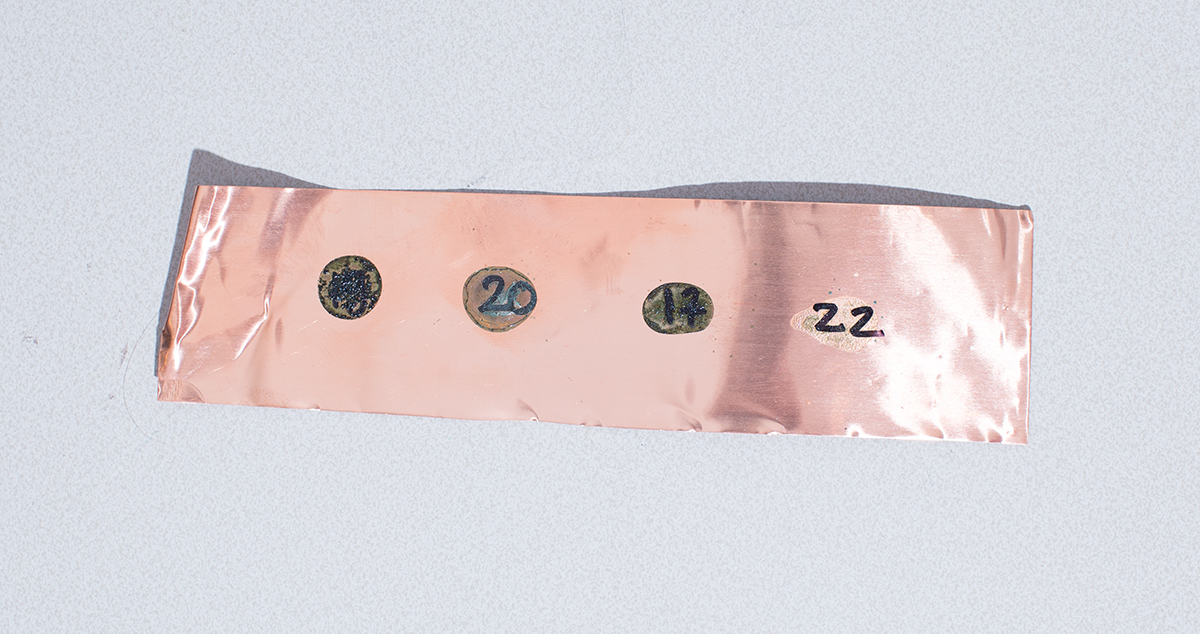
26 Nov – Urine etching test strip results
CopperAfter one day the copper was visibly oxidised by the earliest samples. The latest urine… read more
-

22 Nov Moon
CopperThe half-moon on the last day of chelation, captured by Pascal Walhof. From the first… read more
-

21 Nov – Dinner
CopperI cooked about several kilos of food yesterday, this was enough for dinner, lunch and… read more
-

22 Nov Capillary Dynamolysis
CopperGreen deposits at the top.
-
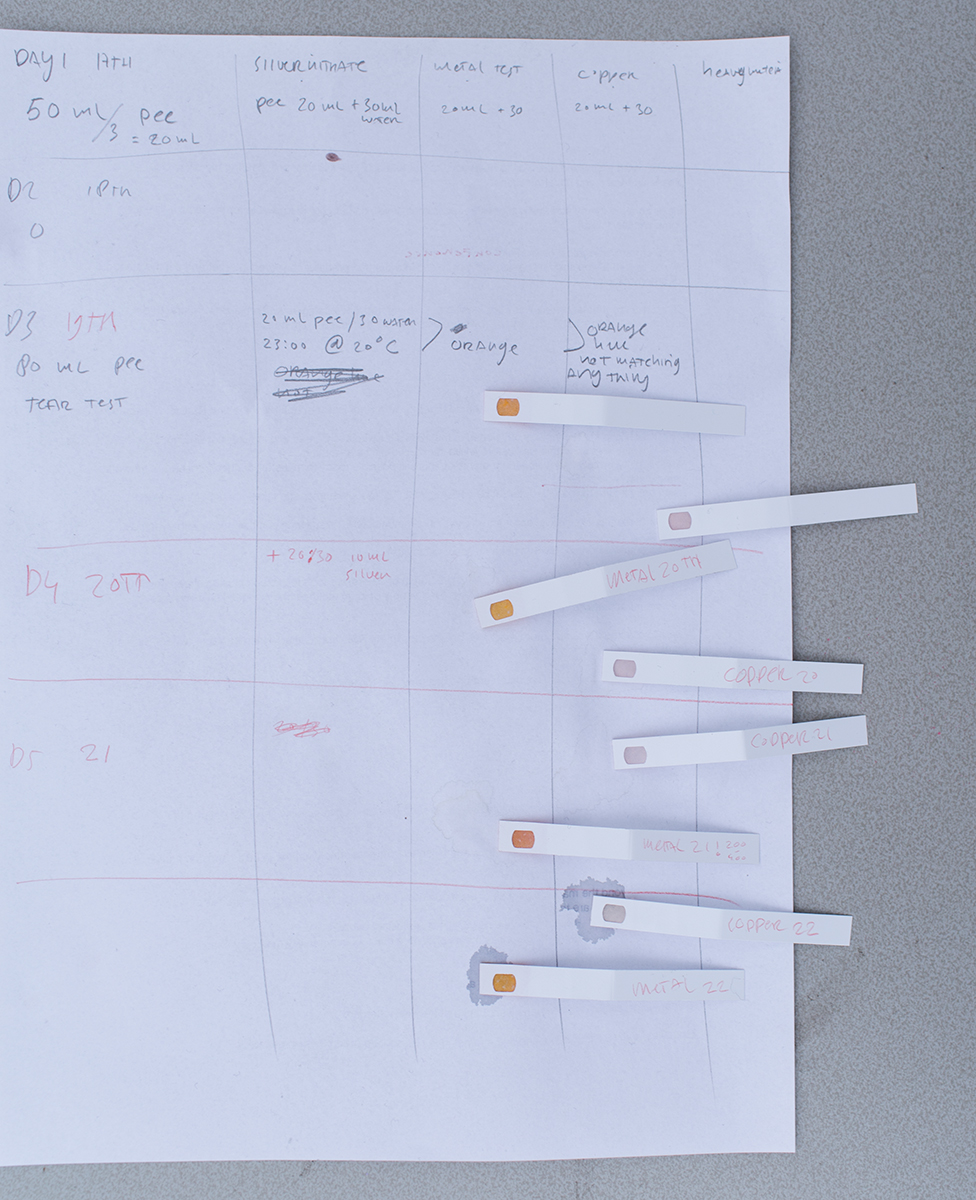
Generic metal and copper test
CopperThe generic metal (‘Sensafe water metals check’) and copper tests did not yield any significant… read more
-
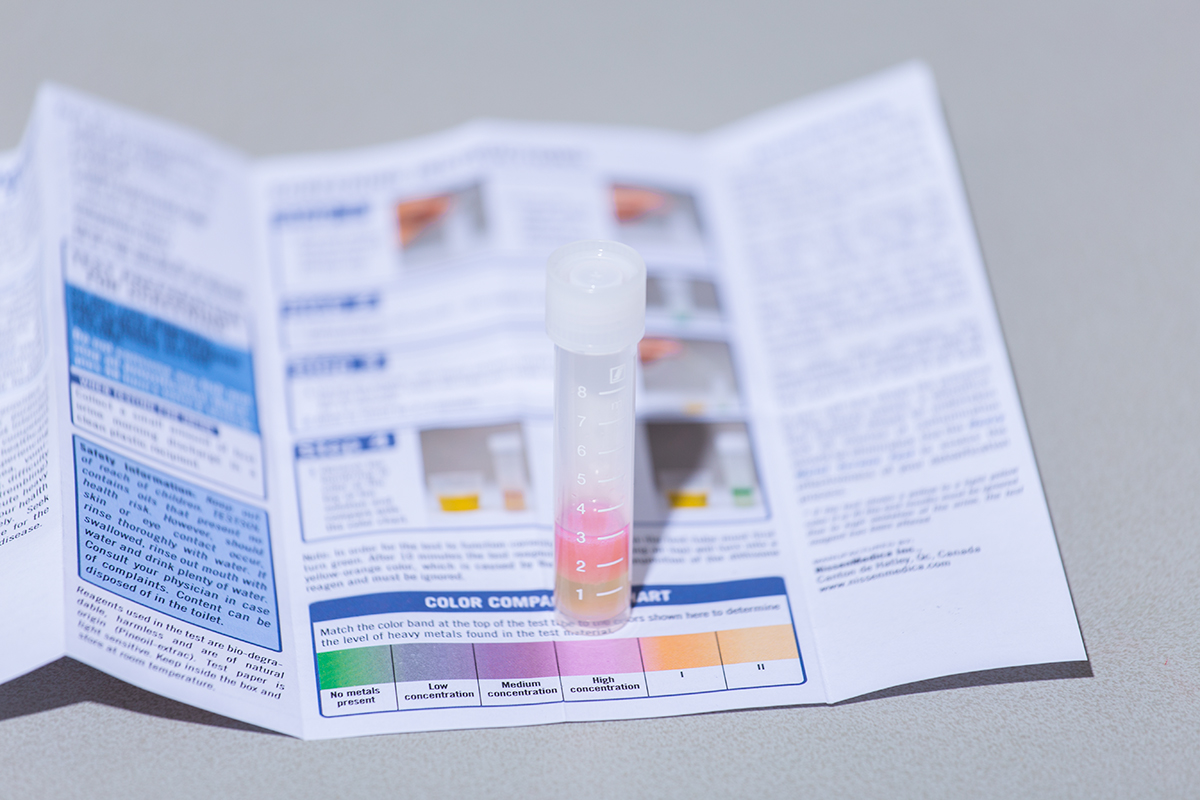
Heavy Metal Screen Test
CopperThe heavy metal screen test on the last day showed high concentrations of heavy metals… read more
-
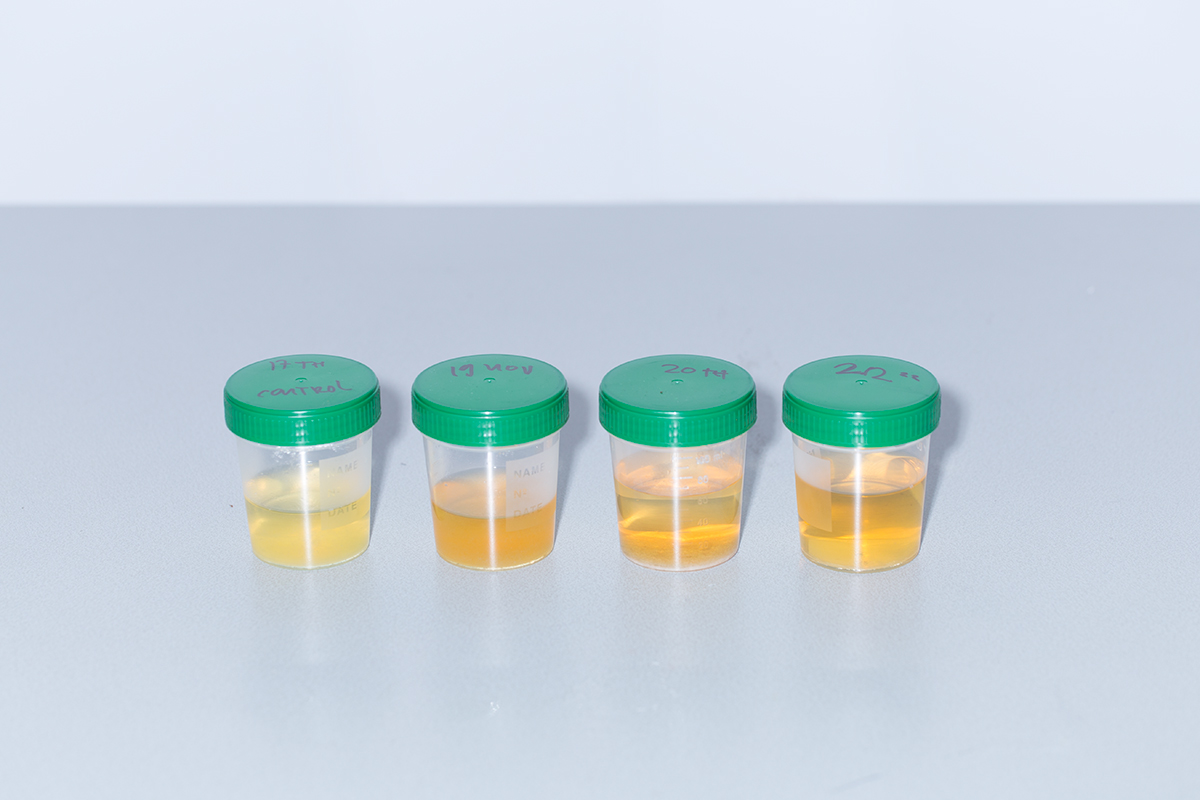
Urine Samples
CopperNot much beetroot juice translated in the urine, this seems to exit the body through… read more
-
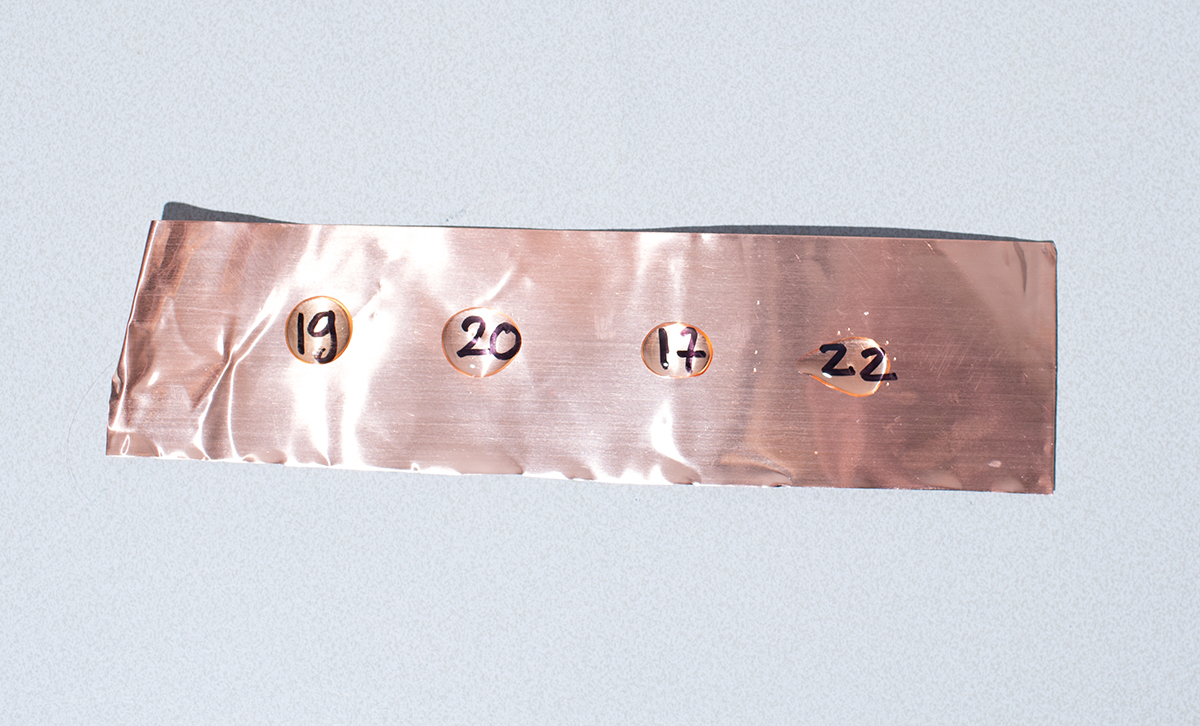
22 Nov – Urine etching test strip
CopperMaking a test strip to see what samples are most useful for copper etching using… read more
-

21 Nov Capillary Dynamolysis
Copper -
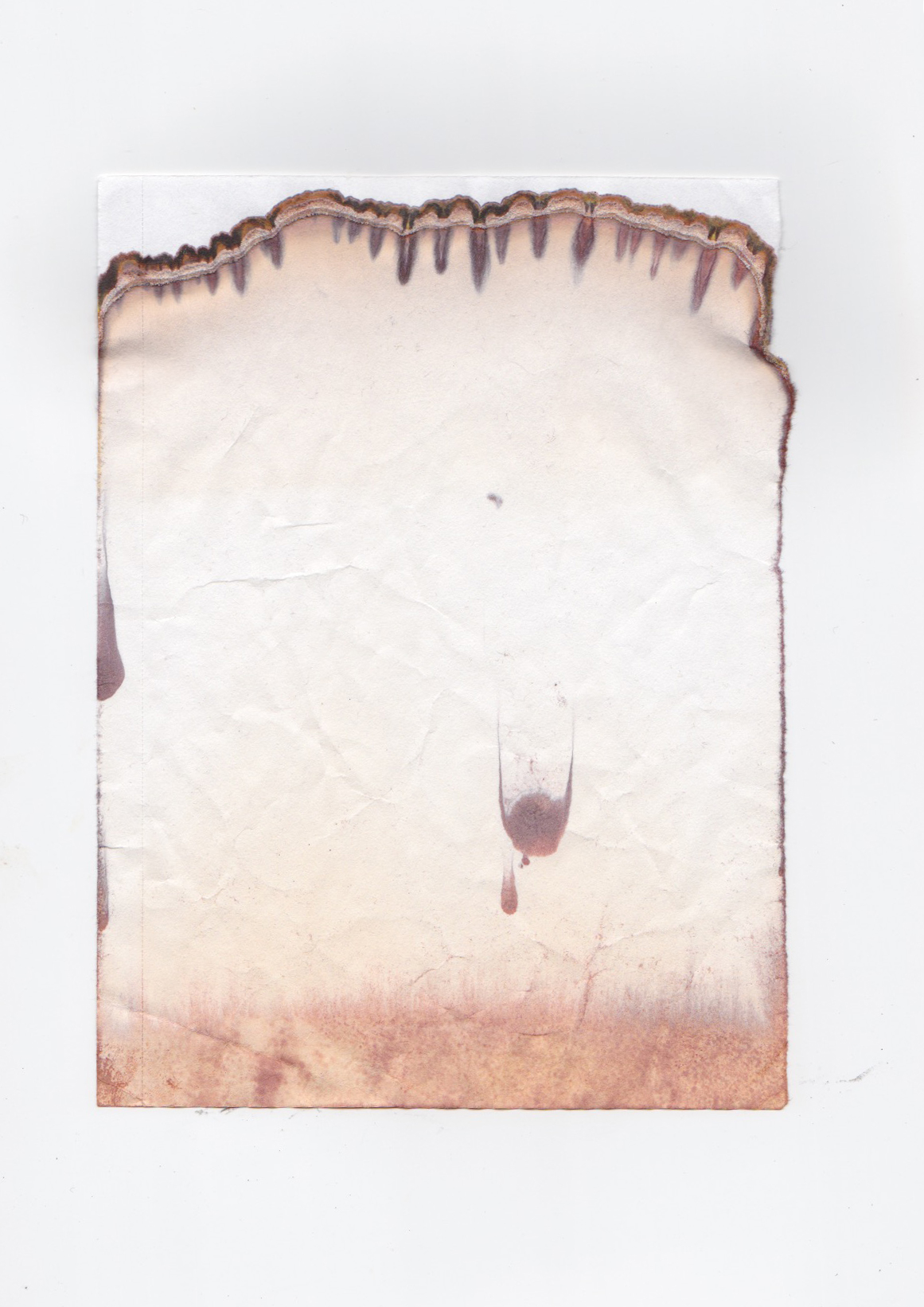
20 Nov Capillary Dynamolysis
CopperHeavy crystal sediments near the top. Last night I had a dream of playing… read more
-

20 Nov – Dinner
CopperMy urine smelled like bbq’ed oysters, happy to lay of the seafood for a while… read more
-

19 Nov Capillary Dynamolysis
Copper -
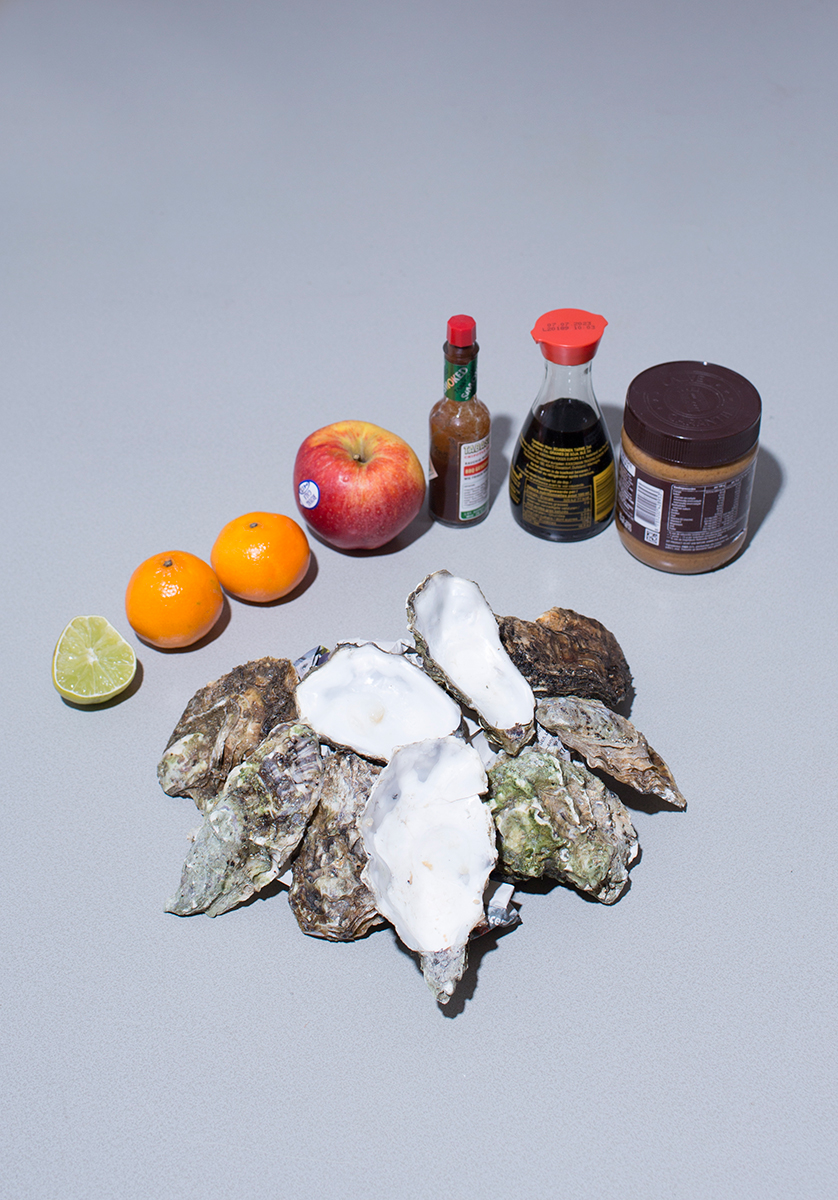
19 Nov
CopperFinally some proper food! This was dinner, steamed a bunch of oysters + chipotle tabasco,… read more
-
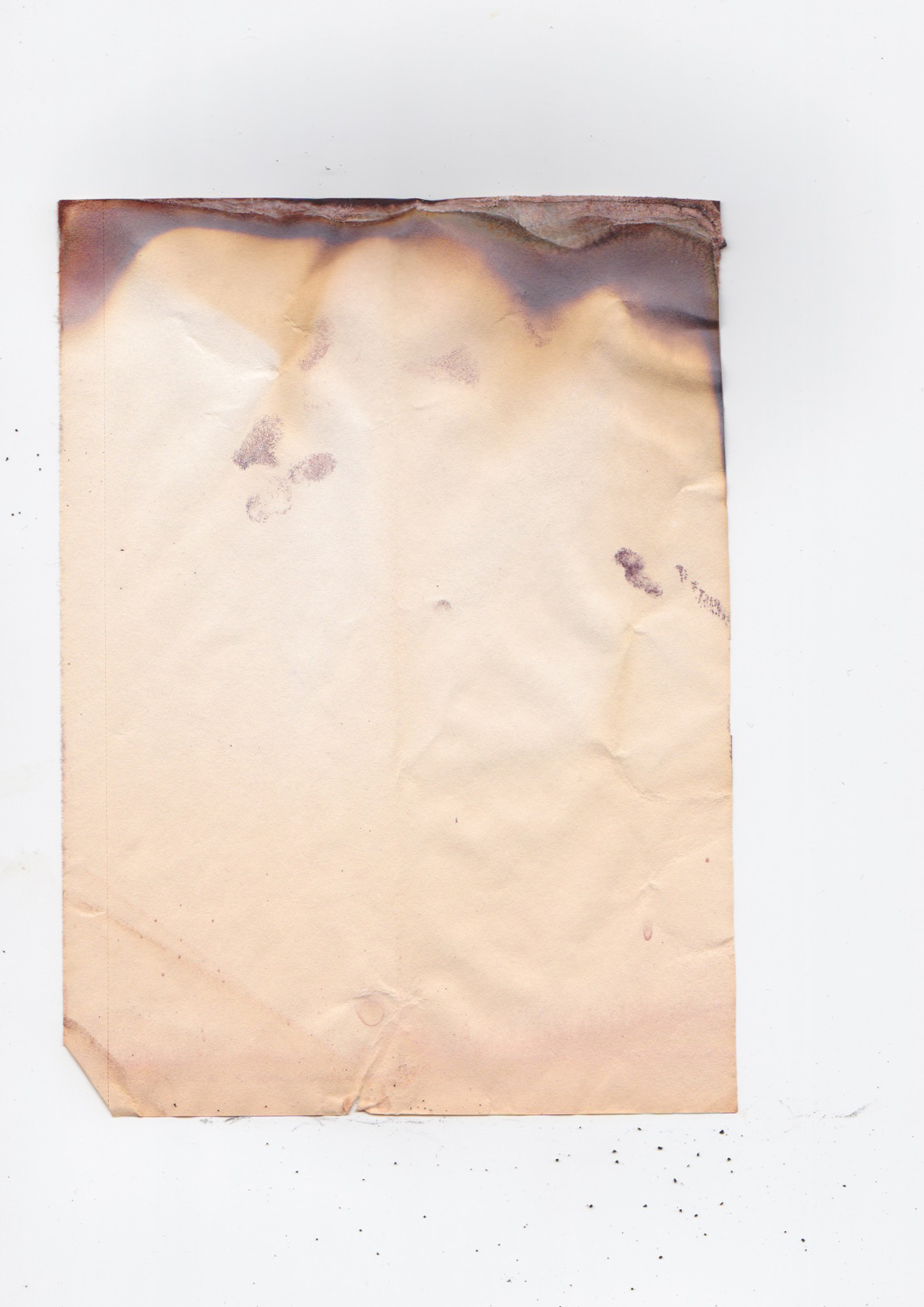
18 Nov Capillary Dynamolysis
CopperHeavy, long crystals at the top
-

18 Nov
CopperNot much food today, no time, to much work. All this talk about metals… read more
-

17 Nov
CopperLast time I had oysters I…expelled more than only copper, but all of my contents… read more